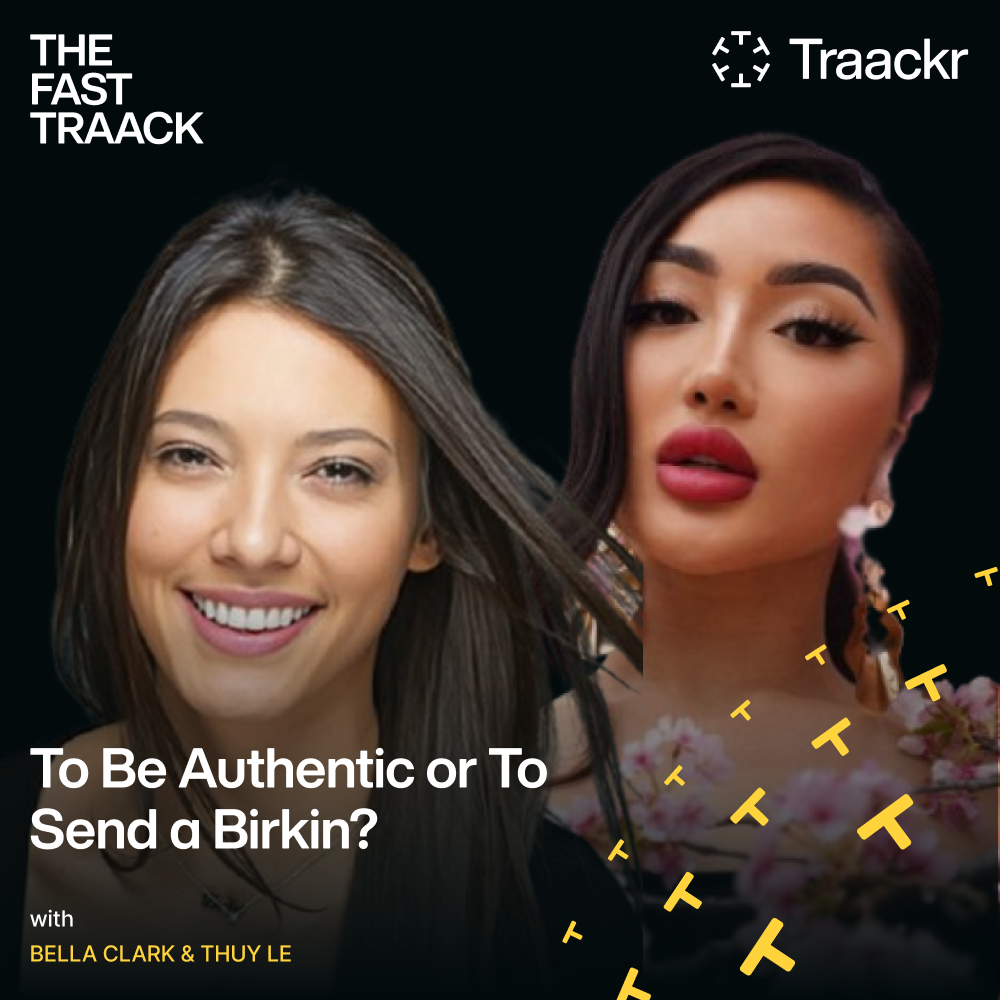How to Implement an Influencer Marketing Platform at Scale

If you belong to an enterprise sized organization, you’ve probably considered getting an influencer marketing platform to help your programs run smoothly.
While big orgs have the benefit of holding more resources and budget, managing multiple campaigns, across multiple platforms, with multiple teams can get incredibly complex. In fact, 23% of marketers find that managing program workflows across multiple teams is one of the big challenges for producing a successful influencer program.
Implementing an influencer marketing platform can not only help big organizations gain greater transparency, organization, and standardization across teams, it can help them create workflows that can be replicated at scale, and optimize / measure performance at both the campaign and program levels.
That being said, evaluating and bringing on an influencer marketing platform for a large team (or multiple) can be a daunting task. This article will provide some tips for smoothly implementing an influencer marketing platform at scale.
How to Implement an Influencer Marketing Platform at Scale
Before we guide you through how to roll out an influencer marketing platform, let’s talk through what kinds of features your platform should have.
A checklist of essential influencer marketing platform features
There are many features that an influencer marketing platform can have to ensure that your influencer programs are running like a well-oiled machine across teams, brands, and regions. If you are still in the “evaluation” face of picking an influencer marketing platform check out this lengthy guide that does a deep dive on all of the features that are available (and what they can do for you).
However, if you have already selected an influencer marketing platform, here is a list of essential features that you can run through to make sure you’ve made the right choice:
Global influencer discovery, vetting, and payment. Your influencer marketing platform should give you the ability to search for influencers across multiple countries, languages, and platforms, and pay partners in different currencies. How you conduct these influencer searches, and the data available to you also matters. Your influencer marketing platform should allow you to:
- Find influencers based on mentions of your brand, competitors, topics of interest, and hashtags.
- Find influencers by criteria such as job title, gender, location, language, platform, follower count, and engagement rate.
- Filter your search by specifying audience gender, age, family status, interests, brand affinity, location, occupation, and income level.
Standardized processes and measurement. Your influencer marketing platform should help align your organization with a unified methodology for tracking campaigns and KPI, and feed data into your internal dashboards. More concretely, this means that your influencer marketing platform should have:
- A global and unified System of Record (think a CRM for everything influencer marketing)
- Both campaign and full program reporting
- Data lakes
Teams, brands, and agency collaboration and management. An influencer marketing platform should provide visibility for colleagues and agency partners by maintaining influencer communications and tasks in one place (instead of a scattered trail of emails and spreadsheets). Your platform should also help you establish workflows and manage access across large brand portfolios and user groups by providing:
- Advanced user roles and access
- Standardized campaign workflows
- Single sign on (SSO) capabilities
In-depth spend tracking, efficiency metrics, benchmarking, and ROI insights. Your influencer marketing platform should provide you with the data you need to make your influencer marketing spending more efficient, maximize your ROI, and understand how you’re stacking up against your competition. Features to look for include:
- Spend tracking and optimization
- Cost-per-metric reporting
- Benchmarking and competitive analysis
Still unsure how an influencer marketing platform could benefit your organization? See how Colgate-Palmolive streamlined workflows and reduced campaign costs by 40% with Traackr’s influencer marketing platform.
4 tips for implementing an influencer marketing platform
Adopting new processes and technology at scale can be quite the undertaking. But, a well-thought-out implementation plan can make this process both faster and easier.
For example, Groupe SEB, the world’s largest manufacturer of cookware, was able to roll out Traackr’s influencer marketing platform to 28 markets in one year — all due to its implementation plan.
Here are some tips that you can take away from Groupe SEB’s success:
Tip 1: Ask your team what they want in an influencer marketing platform.
Sure, there is a standard list of essential features that are recommended for large organizations, but your teams are more likely to adopt a software that they believe in. This is why something as simple as asking your teams what they want can be so powerful. Try sending out a survey so your various teams can tell you what features and insights they want from an influencer marketing platform.
Tip 2: Conduct a proof of concept.
One of the most difficult things about bringing on an influencer marketing platform (or any new software) to a large organization is convincing your team that it’s worth the effort. Before jumping all the way in, try testing your influencer marketing platform of choice out on a few teams or markets. This will help you confirm whether the platform is giving you the right data and features.
Tip 3: Provide in-depth upskilling, training, and check ins for all teams.
There’s a lot that changes when implementing a new software for your organization, so it makes sense that your teams will have questions. Be patient with them and invest time in answering their questions, getting them up to speed, and educating them on the benefits of this new change. More concretely, this means providing:
- Onboarding and training. Partner with your influencer marketing platform’s customer success team to provide individual onboardings and 1:1 trainings. Make sure your teams have time to dive deep and ask questions.
- Post-onboarding check ins. Send a follow up survey after each team is onboarded in order to ask what worked, what didn’t work, and why.
- Team upskilling. Develop trainings, resources, live Q&A sessions, and user guides alongside your influencer marketing platform’s customer success team to address any knowledge gaps. For example, Groupe SEB hosted trainings about specific topics like reporting and measurement.
Tip 4: Establish best practices and usage guidelines.
While implementing a new software can be stressful, it’s also a time to refresh outdated habits and practices. For example, when Groupe SEB was implementing Traackr it also took the opportunity to create global guidelines for influencer marketing best practices. These guidelines laid out specific methodologies for defining campaign objectives, and presented a large panel of use cases and benchmarks for markets’ inspiration.
Get the RFP Template
If you're in the market for an influencer marketing technology, we’ve put together an RFP template that can be used for evaluating vendors. The RFP template includes a comprehensive list of influencer marketing technology capabilities.

Listen to Bella Clark, Head of Influencer and Partnerships at Lipton, and content creator, Thuy Le, share why authenticity outshines extravagance when it comes to creator partnerships.
Listen nowSee which brands are leading the way in influencer marketing with our real-time performance leaderboard.
View brand leaderboard_Nick_Fancher_Photos_ID6169.jpg)
Unlocking Creator Value for Global Brands in the Age of AI

The UK’s New “Less Healthy” Food & Drink Ad Rules Just Changed Influencer Marketing

Rising and Top Influencers #Over40 in the Beauty Industry
Level up your creator marketing expertise
Get industry insights and updates straight to your inbox.
